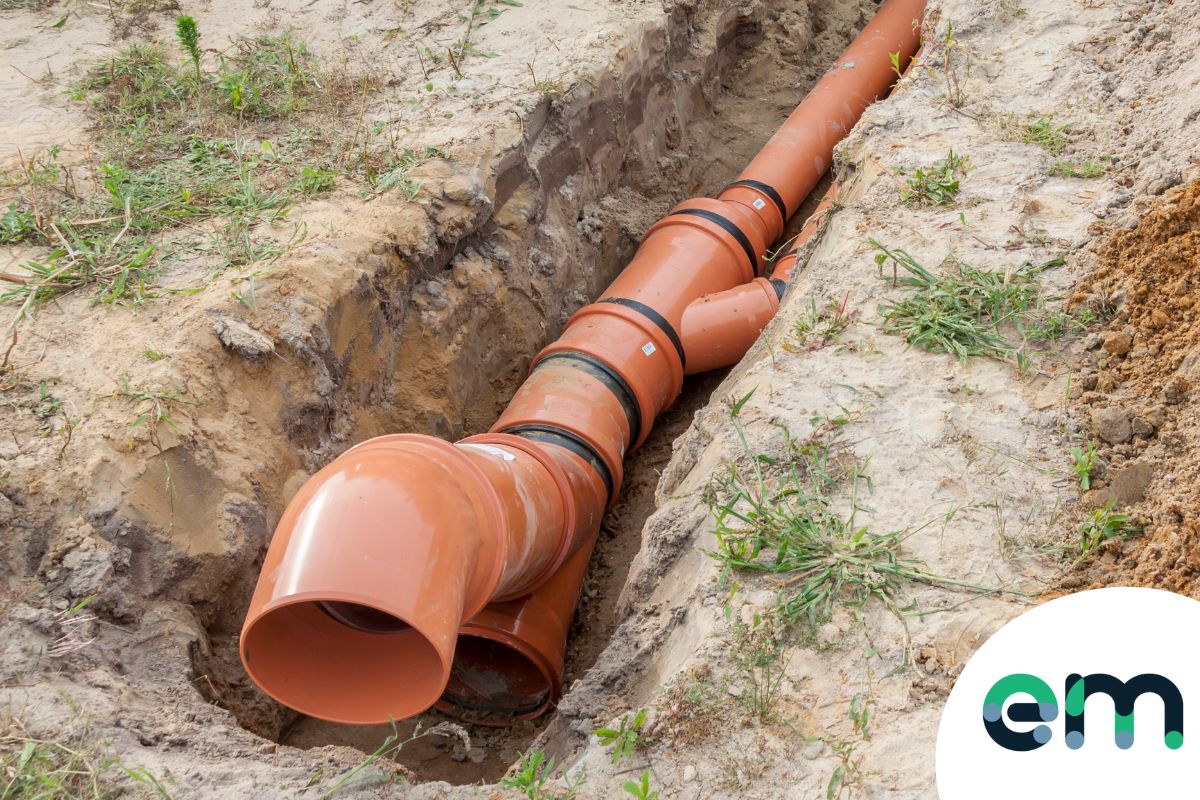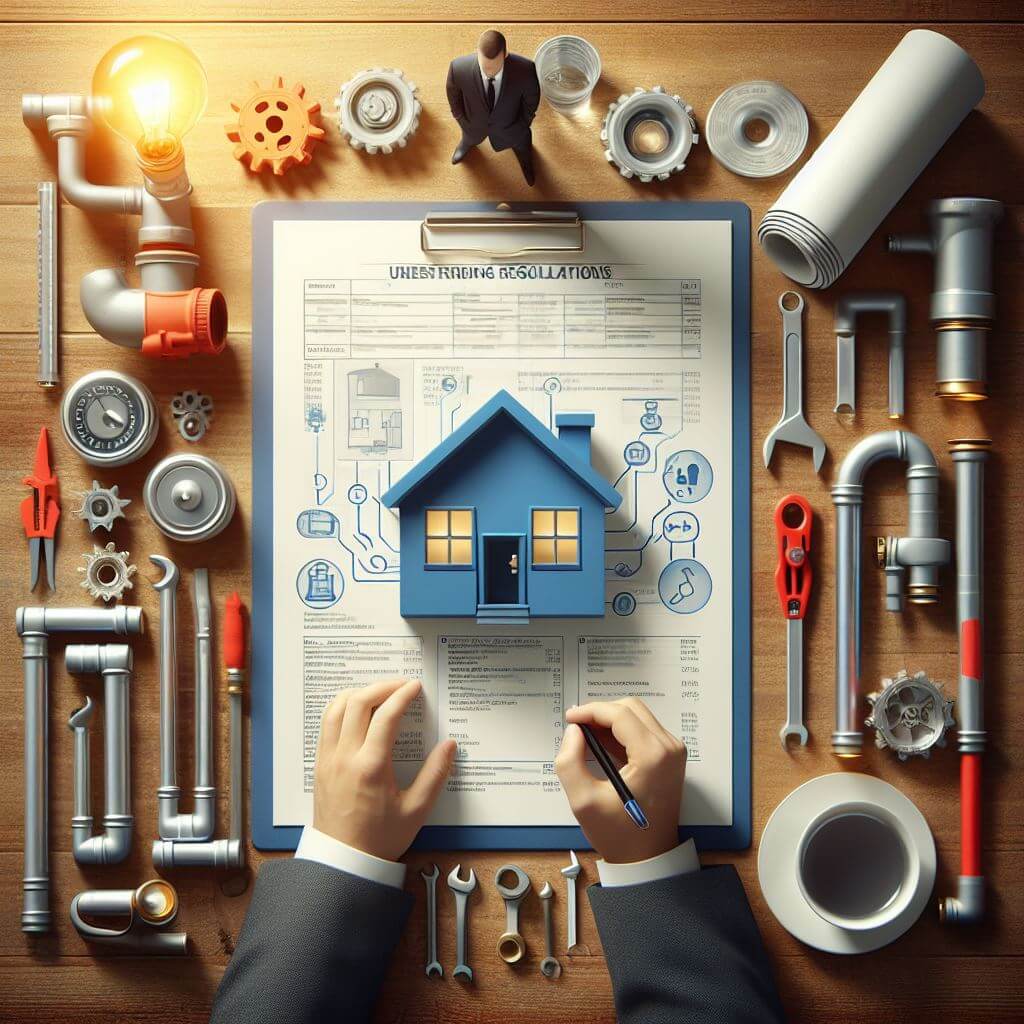Obtaining Acquainted with Home Plumbing Basics: A Beginner's Handbook
Obtaining Acquainted with Home Plumbing Basics: A Beginner's Handbook
Blog Article
What're your opinions concerning Plumbing basics: How your home plumbing works?

Plumbing is a vital facet of any kind of home, responsible for supplying clean water for alcohol consumption, food preparation, and showering, in addition to eliminating wastewater securely. Comprehending the fundamentals of home plumbing is necessary for every single homeowner to ensure correct maintenance, troubleshooting, and, if essential, fixings. In this newbie's overview, we'll cover the essential ideas of home plumbing to aid you become a lot more acquainted with just how it functions.
Water Heater
The water heating unit is in charge of heating water for residential usage, consisting of bathing, cooking, and cleansing. Usual types of hot water heater include tank-type hot water heater, tankless (on-demand) water heaters, and heatpump water heaters. The water heater is attached to the water system and delivers hot water to plumbing fixtures as needed.
Drain System
The drain system gets rid of wastewater from your home and brings it away to a sewage therapy center or septic system. It includes a network of pipelines, installations, and components that transport wastewater from plumbing components to the primary sewer line or septic tank. Proper drain is necessary to prevent blockages, backups, and sewer leaks.
Air flow System
The air flow system assists keep appropriate atmospheric pressure and avoid sewage system gases from entering your home. Vent pipelines, additionally referred to as vent heaps, extend from plumbing components to the roof, enabling drain gases to get away securely outdoors. Ventilation pipes additionally permit air to get in the water drainage system, helping with smooth wastewater flow and stopping suction or vacuum cleaner results.
Water System System
The supply of water system brings clean water right into your home from a community water resource or an exclusive well. It contains a primary water line that links to your home's plumbing system, typically located underground. A water meter determines the quantity of water taken in, while a shut-off shutoff allows you to regulate the flow of water right into your home.
Plumbing Fixtures
Plumbing components are gadgets that provide water to various parts of your home and include sinks, taps, toilets, showers, bathtubs, and devices such as dishwashing machines and cleaning devices. Each component is linked to the water supply system through pipes and fittings and might have its shut-off shutoff for maintenance or emergencies.
Typical Plumbing Tools
Having the right devices accessible is vital for performing basic plumbing fixings and upkeep tasks. Common plumbing tools consist of flexible wrenches, monkey wrench, pliers, pipe cutters, hacksaws, plungers, augers (or drainpipe snakes), and Teflon tape. Having these devices conveniently offered can aid you tackle small plumbing problems effectively.
Standard Plumbing Repair Work
While some plumbing repair work may call for professional aid, numerous usual issues can be addressed with fundamental do it yourself methods. Learning exactly how to deal with a leaking tap, unblock a drain, replace a toilet flapper, or repair a trickling showerhead can save you money and time on plumbing fixings.
Verdict
Comprehending the basics of home plumbing is crucial for every house owner to maintain a safe, useful, and reliable plumbing system. By acquainting yourself with the water supply system, plumbing fixtures, drain system, air flow system, common plumbing tools, and fundamental repairs, you can with confidence deal with small plumbing issues and guarantee your home's plumbing system runs efficiently.
Plumbing Basics Guide for Homeowners
For many homeowners, the plumbing system can be a mystery with a lot of hidden perils. Since most of the pipes and connections hide behind fixtures, walls, or even underground, people may not get a chance to see how they work until they need to. However, learning the basics around the plumbing system is important for homeowners, especially if they want to perform DIY maintenance, repair, or upgrades. By exploring the system and learning the most common mistakes, people will better understand what they are looking at and how they can minimize the risk of damage.
Parts of the Home Plumbing System
Although homeowners may have a rough sense of how their plumbing is supposed to work, they may not know all the parts of the system. For example, when someone turns on a tap, they may not understand how the water arrives or what happens after it goes down the drain. People should familiarize themselves with various terms related to plumbing, including:
Pipes: Tubes allowing the free flow of water, usually made of metal or PVC Fittings: Connectors that enable pipes to change direction Valves: Parts that control the direction and flow of water Fixtures: Permanent pieces that hold or control water, like sinks or tubs Traps: Special bends in the plumbing to prevent sewer gases from escaping Filters: Devices to prevent certain kinds of waste from accumulating in the pipes Appliances: Equipment that uses water, such as a dishwasher or water heater Supply: How Homes Get Water
Most homeowners get their water supply from a municipal plumbing system. Others rely on well water, which must be pumped from a nearby well. In order to have access to water, homeowners must install a supply line underground. This line usually has a main shut-off valve and a specific amount of water pressure. From there, the supply line goes to the water heater for heating. The rest of the house has two supply lines: one for cold water and one for hot water. They often run together to each fixture and appliance.
Draining: Where Used Water Goes
Every fixture and appliance has a drainage system that connects to the home's drainage line. Certain rooms may also have a drain in the middle of the floor, in case of flooding or for cleaning. Each fixture has a trap that allows water and waste to pass through but doesn't allow sewer gases to return in the opposite direction. The pipes connecting the fixtures and the appliances connect to a branch pipe and eventually to a drain stack, which leads to the home's main drain line underground. That line connects to a septic system or to the municipal sewer system.
Venting: What Keeps Home Plumbing Running Smoothly
The decomposition of human waste can produce gases, which need proper venting in the home's plumbing system. Drain traps prevent the gases from pushing through the drain and into the home, but they don't provide ventilation. Ventilation is important because the accumulation of gases can cause glugging and slow the flow of wastewater out of the home's plumbing system. There are different types of vents that homeowners can consider. Most of the time, the vents connect to the vertical drain stacks and allow the gases to escape through a pipe leading directly to the roof.
Tools for DIY Plumbing
There are a variety of tools that homeowners can use for DIY plumbing projects. Some are related specifically to installation or repair, while others are typically used for general maintenance. Popular tools include:
Pipe wrench Adjustable wrench Sink wrench Pliers Plumbers putty Plumbers tape Hand auger Plunger Installing New Water Lines in a Home
Installing new water lines takes additional care, especially if people are only replacing parts of the line. As a general rule, experts recommend that homeowners consider starting with copper piping to run from the water main to the water heater. This part of the line usually requires a pipe that's three-quarters of an inch in diameter. If a copper pipe must connect to a galvanized steel pipe, place a rubber washer in-between. This will stop the pipes from reacting with each other.
From the water heater, people can use half-inch pipes to lead to various fixtures and appliances. They might choose from a variety of materials, like PEX or copper. For each step of the process, homeowners may want to test out the length with a dry fit. This term describes fitting the pipes together to confirm that they are the right size before applying glue, tape, or solder. The best approach to connecting the pipes depends on the material. People should investigate suitable connectors, especially if they are going to use multiple different materials together.

I stumbled upon that post on How Does the Plumbing Work in Your Home? while perusing the search engines. Appreciated our blog entry? Please share it. Help other people locate it. We take joy in your readership.
Book Instantly Report this page